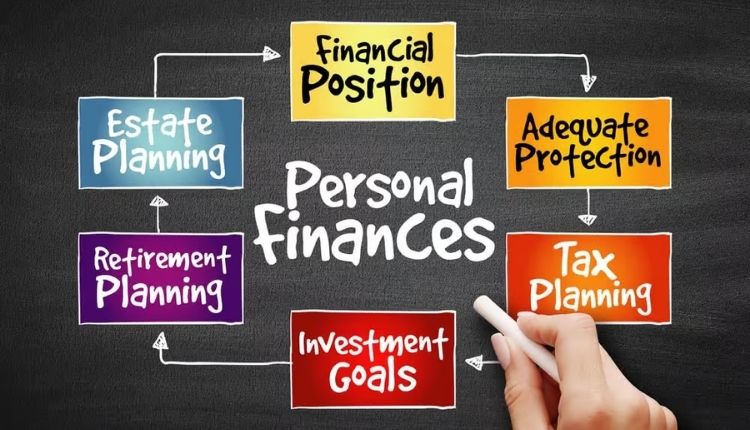Building wealth requires a deliberate financial strategy that balances current needs with future goals. Success depends on having a clear plan and the discipline to follow it. This guide covers key financial planning steps, like creating emergency funds and optimizing investments, to help you build a strong, sustainable financial foundation. High-interest debt can sabotage even the most well-intentioned financial plans. Credit card debt, personal loans, and other high-interest obligations should be prioritized for elimination before focusing heavily on investments; to explore related strategies, you can read more on conservation finance.
Building Your Financial Foundation
Before diving into complex investment strategies or tax optimization techniques, you need to establish the fundamentals that will support all your future financial decisions.
Emergency Fund Essentials
Your emergency fund acts as a financial shock absorber, protecting you from unexpected expenses that could otherwise derail your long-term plans. Financial advisors typically recommend saving three to six months’ worth of living expenses, though the exact amount depends on your job stability, family situation, and risk tolerance.
Keep this money in a high-yield savings account where it remains easily accessible but still earns some return. Resist the temptation to invest emergency funds in stocks or other volatile assets—the goal is preservation and liquidity, not growth.
Debt Management Strategy
High-interest debt can sabotage even the most well-intentioned financial plans. Credit card debt, personal loans, and other high-interest obligations should be prioritized for elimination before focusing heavily on investments.
Consider using either the debt avalanche method (paying off highest-interest debt first) or the debt snowball method (tackling smallest balances first). The avalanche approach saves more money mathematically, while the snowball method provides psychological wins that help maintain momentum.
Investment Planning for the Long Haul
Once you’ve established your foundation, it’s time to focus on growing your wealth through strategic investing.
Diversification Principles
Diversification remains one of the most powerful tools for managing investment risk while maintaining growth potential. This means spreading your investments across different asset classes, geographic regions, and market sectors.
A well-diversified portfolio might include domestic and international stocks, bonds, real estate investment trusts (REITs), and potentially alternative investments like commodities. The exact allocation depends on your age, risk tolerance, and financial goals.
Understanding Risk and Return
Every investment involves some level of risk, and generally speaking, higher potential returns come with higher risk. The key is finding the right balance for your situation and time horizon.
Younger investors can typically afford to take more risk since they have decades to recover from market downturns. As you approach retirement, gradually shifting toward more conservative investments helps protect your accumulated wealth.
Tax-Advantaged Accounts
Maximize your contributions to tax-advantaged retirement accounts like 401(k)s and IRAs. These accounts provide either immediate tax deductions (traditional accounts) or tax-free growth (Roth accounts), significantly boosting your long-term returns.
Many employers offer matching contributions to 401(k) plans, which represents free money you should never leave on the table. Always contribute enough to receive the full employer match before directing money elsewhere.
Creating Your Personal Financial Roadmap
Successful long-term planning requires clear goals and a systematic approach to achieving them.
Setting SMART Financial Goals
Vague aspirations like “save more money” rarely lead to meaningful progress. Instead, set specific, measurable, achievable, relevant, and time-bound (SMART) goals.
For example, rather than simply wanting to “retire comfortably,” determine exactly how much income you’ll need in retirement, when you want to retire, and how much you need to save monthly to reach that target.
Regular Review and Adjustment
Your financial strategy shouldn’t be set in stone. Life circumstances change, markets fluctuate, and new opportunities emerge. Schedule annual reviews to assess your progress and make necessary adjustments.
Major life events like marriage, children, job changes, or inheritance should trigger immediate strategy reviews. Even without major changes, your risk tolerance and goals may evolve as you age.
Automating Your Success
One of the most effective ways to stick to your financial plan is to automate as much as possible. Set up automatic transfers to savings and investment accounts, automate bill payments, and use payroll deductions for retirement contributions.
Automation removes emotion and willpower from financial decisions, ensuring you consistently follow your plan even when motivation wanes.
Advanced Strategies for Wealth Building
As your financial situation becomes more complex, additional strategies can help optimize your long-term outcomes.
Estate Planning Considerations
Estate planning isn’t just for the wealthy—anyone with assets or dependents should have basic estate planning documents in place. This includes wills, power of attorney designations, and beneficiary designations on all accounts.
For larger estates, more sophisticated strategies like trusts, life insurance, and charitable giving can help minimize taxes while ensuring your wealth transfers according to your wishes.
Tax Planning Beyond Retirement Accounts
Strategic tax planning can significantly impact your long-term wealth accumulation. This might involve tax-loss harvesting in investment accounts, strategic Roth conversions, or timing capital gains and losses to minimize tax liability.
Consider working with a tax professional, financial advisor, or contract CFO services like those in Utah to identify opportunities specific to your situation, especially as your income and asset base grow.
Conclusion
Building wealth takes time, consistency, and informed decisions. Focus on the basics: emergency savings, managing debt, and creating a diversified investment portfolio aligned with your goals. Start early to maximize compound growth, take small steps, and improve your strategy over time.






